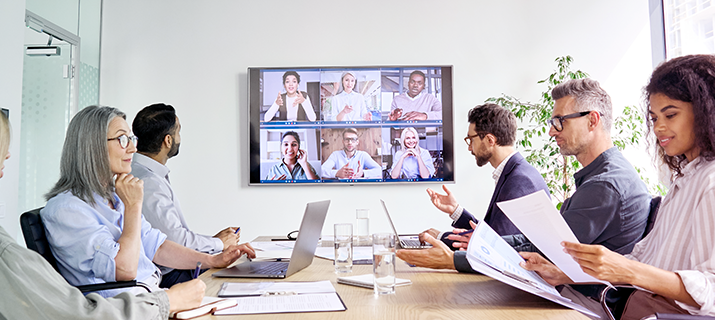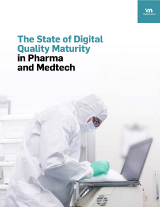
GxP Lifeline
FDA Remote “Inspections” During the Pandemic

Remote audits aren’t unique to the isolation imposed by the COVID-19 pandemic. For customer and supplier audits, much of the requirements can be met remotely. The biggest convenience with remote audits comes from the ability to quickly and easily share electronic documentation. It’s worth noting that this is only easy if the company being audited has invested in a quality management system that stores its documents, provides version control, and tracks all changes.
These same benefits apply to the U.S. Food and Drug Administration (FDA) remote inspections. We use the term “inspections” loosely here because the FDA wants to be clear that reviewing records, holding Zoom meetings with companies, and other remote oversight activities are not actual inspections. With that in mind, these activities have been vital during the pandemic and have shown the importance of going digital and investing in an electronic quality management system (eQMS).
Remote Interactive Evaluations (RIEs)
The FDA has authority to require pharmaceutical companies to share documentation with them, per section 704(a)(4) of the Food, Drug, and Cosmetic Act. (1) Refusing to do this constitutes refusing an inspection. Organizations want to comply, but sharing that documentation is very difficult when it requires scanning paper documents and then sending them. Fortunately, many quality management solutions provide functionality that makes the entire documentation process electronic. From creating the document to collaboration, approval, and revisions, the whole process is electronic. This makes the documents easy to share with the FDA.
After the FDA reviews the documents, the agency may request a remote interactive evaluation (RIE). The agency has no authority to require an RIE, so these are voluntary. The RIE may include:
- Review of documents, records, and other information.
- Use of video to examine facilities, operations, and other information.
- Interviews and meetings to address questions and concerns.
- Evaluation of a facility’s corrective actions.
- Verbal updates to the facility on observations and outstanding issues. (2)
Even though the FDA can request documents beforehand, there might be additional requests during an RIE. When this happens, quality professionals experience the same pressures of supplying documents in-person. The electronic format is essential because it allows you to store all documentation in a central location, and the ease of access that comes with an eQMS is important regardless of whether the inspector is on-site.
Remote Regulatory Assessments
The above-mentioned authority to require documents from pharma does not apply to medical device companies. That’s why remote regulatory assessments (RRAs) are considered completely voluntary. Similar to the process with pharma, one component of the RRA is a records request. And the same benefits of an eQMS apply. The FDA will request documents related to operations and the quality system. The rest of the RRA is primarily meetings to discuss those documents. (3)
The aftermath of an RRA might involve an on-site inspection if the RRA revealed issues of concern. The medical device company needs to keep a good record of what’s discussed during the RRA because there is no official inspection report. The inspector will write a memo, but that’s primarily for the FDA’s records. A medical device company can only gain access by requesting it through the Freedom of Information Action (FOIA), making it that much more important to take excellent notes during the RRA.
Applications to Remote Audits
The tools that simplify remote interactions with regulators also simplify remote audits. While there might not be FDA remote inspections per se, there are completely remote audits. These can be customer or supplier audits and whether they can be completely remote should be partially based on risk. Technology plays the same significant factor.
The typical rush to produce documentation is largely the same from inspections to audits. The benefits of digital systems are the same as well. Whether hosting an auditor in person or chatting with them on Zoom, being able to digitally share information from your eQMS is the key to shortening audit time and reducing frustration for both parties.
Conclusions
Both audits and inspections will likely continue some of their remote activities even after the pandemic. The key to surviving these changes is an eQMS that provides exceptional document control. This type of eQMS makes it easy to search and retrieve the documents requested by an inspector or auditor and ensure the most recent version is the one provided.
Sources:
- “Guidance for Industry: Circumstances that Constitute Delaying, Denying, Limiting, or Refusing a Drug Inspection,” U.S. Food and Drug Administration, Oct. 2014.
- “Remote Interactive Evaluations of Drug Manufacturing and Bioresearch Monitoring Facilities During the COVID-19 Public Health Emergency,” U.S. Food and Drug Administration, April 2021.
- “FDA Remote Regulatory Assessment Information,” U.S. Food and Drug Administration.
Free Resource

Enjoying this blog? Learn More.
The State of Digital Quality Maturity in Pharma and Medtech
Download Now